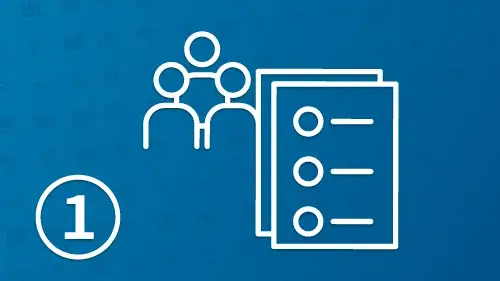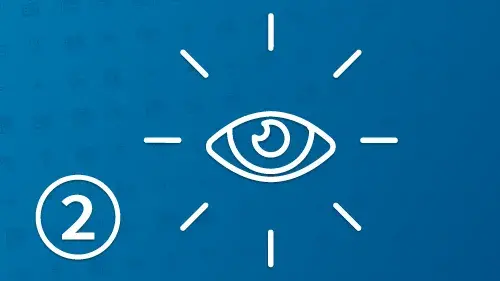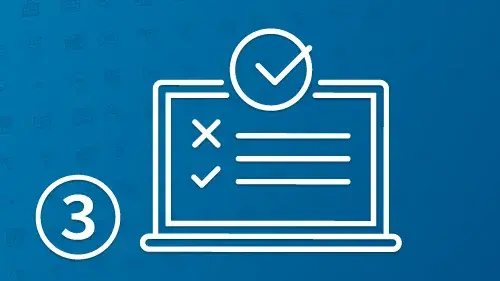What is Customer Experience?
It is the sum of all touch points and experiences a customer has with your organization. Since government is often a sole-source service provider (for example, there is only one place to get a work visa), customer experience (CX) is critically important in the public sector.
DHS is embarking on a paradigm shift to center its services around those who use them—delivering simple, secure, effective, equitable, and responsive solutions for all people we serve. CX takes a holistic approach to service delivery by designing each touchpoint for a cohesive experience, whether digital, in person, on the phone, or other methods. This requires cultural as well as procedural change. OMB A-11 section 280, the 2021 President’s Management Agenda (PMA) and Presidential Executive Order number 14058 describe and direct this new approach.
Starter Tips for CX Acquisitions at Your Organization
• Investing in CX expertise and establishing CX includes gaining funding, human capital, and infrastructure as it requires a culture shift toward Human Centered Design.
• Ensure that executive-level leadership understands and commits and supports advancing CX within your organization from the start.
• Collaborate cross-functionally, early and frequently. This is efficient and promotes optimal customer experience improvements.
The Roadmap for CX Growth
Buying CX Support to Enhance DHS Service Delivery
To Understand Customers’ Needs, Listen and Observe
- Following the CX Roadmap, identify and define your needs. For instance, are you seeking to obtain support from CX designers that can integrate into existing development teams, or are you seeking full development teams that include CX designers?
- Conduct discovery by observing and listening to customers to understand their needs and experiences. Use that data to inform your CX vision and goals.
- Assess your organization’s capacity and support needs, which can be guided by these three questions:
- What does great CX look like for our organization/program?
- What are the biggest challenges that we want to focus on?
- How will we measure success?
- Prioritize your needs.
- If you determine you require contractor support to support your CX vision and goals, conduct market research, identify how to fund that need, and engage your procurement office.
To Procure CX Support, Include CX SMEs in Your Process, and be Flexible
Working with your contracting officer:
- Develop an acquisition strategy that fits your need. Take a flexible approach that is based on goals and objectives. This will help better assess the marketplace for your requirement.
- Consider how to evaluate offers you will receive and structure your evaluation to discriminate offeror’s CX capabilities. An offeror’s approach should center on the customer, and the offeror should be able to show how they translate customer needs into products. Design should not be a stand-alone silo offering, but rather integrated into how an offeror does business.
- Determine what the offerors’ responses to the solicitation should include to best assess the offerors’ CX capabilities. For instance, would an oral presentation where the offeror responds to a simple scenario reflective of your organization or program priority CX challenge be useful?
- Make sure people who understand CX support the evaluation of offers. Consider bringing in evaluators, technical subject matter experts, or advisors from the DHS OCIO CX team, or other federal agencies, as needed.
Learn More about CX
Email cx@hq.dhs.gov
Transforming Federal Customer Experience and Service Delivery To Rebuild Trust in Government (Customer Experience Executive Order) Executive Order 14058
The Biden-Harris Management Agenda
OMB Circular A-11 Section 280, Managing Customer Experience
GSA’s Customer Experience Services Evaluation and Buying Guide
Improving Customer Experience at DHS (www.dhs.gov/cx)
CX Glossary (https://www.dhs.gov/cx/glossary)
Learn More about the Procurement Process
Periodic Table of Acquisition Innovation: www.fai.gov/periodic-table
Customer Experience Services Evaluation and Buying Guide: https://www.gsa.gov/cdnstatic/CX Evaluation and Buying Guide.pdf




